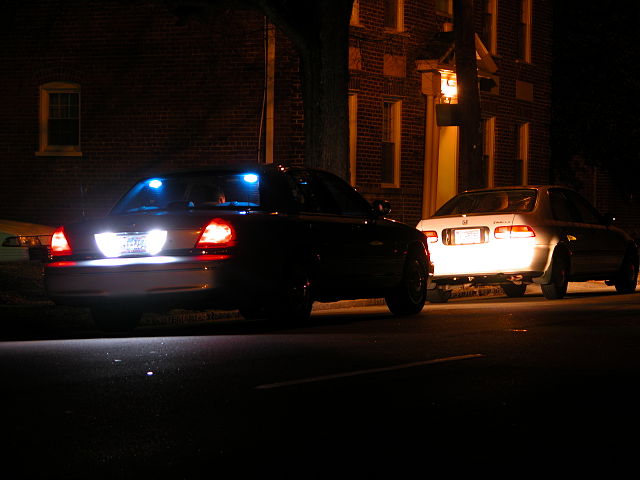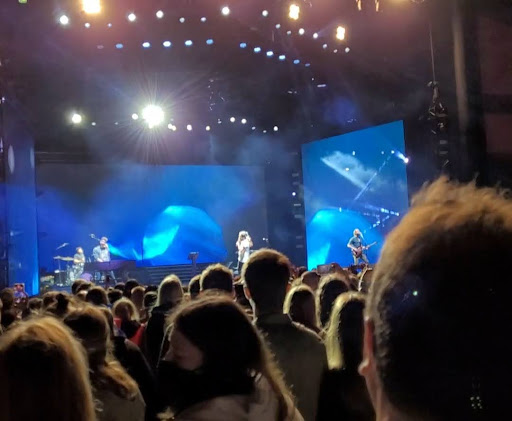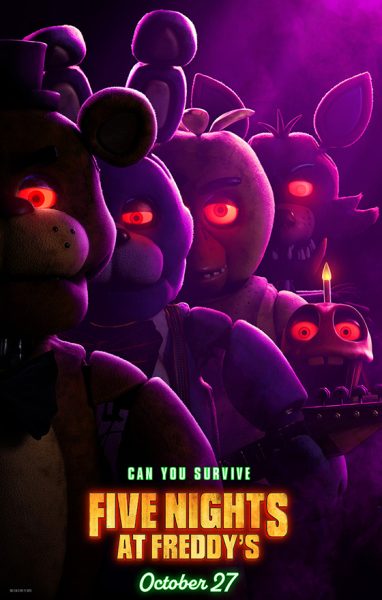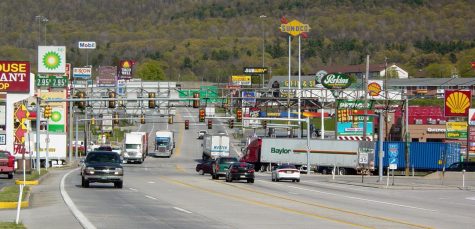In traffic stops, fear comes first
Ildar Sagdejev via Wikimedia Commons
There’s a dangerous tension baked into many police interactions, both for the officers and the individuals with whom they interact.
In the aftermath of almost every police murder where the victim didn’t act in perfect compliance with the often contradictory and high-pressure orders shouted at them, thousands of people emerge from the digital undergrowth claiming that the victims should have just complied, and everything would have been fine.
Some people say this to deflect blame for the murder onto the victim instead of the supposedly well-trained individuals we trust to keep us safe, yet who can’t handle an unarmed individual being less than obedient without violent force. Obviously, those people are saying that in bad faith and are being counterproductive.
However, others who hold this belief have genuine motives. Within the idea that compliance could prevent violence lies the notion that non-compliance is what leads to police violence, and that police officers are not or cannot be violent until (or unless) the person they are dealing with poses a problem.
There’s a causal chain here. When people choose to be non-compliant, officers can become aggressive. This is what the non-compliant people fear, so they become less compliant until the aggression escalates to brutality. If this is the reasoning you subscribe to, the solution is to simply be more compliant so the officers will be friendly and you will have nothing to fear.
Besides the simplicity of this reasoning, the issue with this view of police brutality is that the chain starts with non-compliance, not with fear. For many people, fear is baked into every interaction with police, regardless of what they have or haven’t done.
A little while ago, I was pulled over for the first time. I had just gotten off a late shift at my job and, in hindsight, was in a rush to get home. About two minutes from my house, I heard a siren blare behind me, and I pulled over.
Immediately, I threw on all my car lights, rummaged through my glove box to find my registration, pulled my license out of my wallet, rested my hands on the steering wheel and, of course, began to panic.
Rationally, I had no reason to be afraid. I may have been over the speed limit but hadn’t been driving egregiously. There was nothing on me or in my car that could get me in trouble. I had never even been mixed up in anything worse than forgetting to return a pen to a bank. So there was no reason for the officer to do anything more than just tell me to slow down and move on.
I knew that statistically, traffic stops don’t typically go wrong. Police pull over thousands of people a day, and rarely do the encounters turn violent. But still, I was afraid. More scared than I had ever been in my life. Why I was afraid may depend on who you ask.
I’m sure some people would attribute it to me having done something wrong. The “if you have nothing to hide” argument is popular, although, as I’ve stated before, I’m a good egg. Others might blame it on the media, and while seeing people murdered by cops since I was 7 certainly has not made me less anxious around police, that’s not why I was scared either.
The cause of my fear was the power dynamic at play. I was thrust into a scenario where the usual factors that prevent random acts of violence were no longer in play. In our day-to-day lives, violence typically doesn’t occur because people who are violent are (supposed to be) punished, and there typically isn’t a need for violence anyway. However, both of these are no longer solid barriers to violence by police officers during a traffic stop.
First, the threat of punishment is almost notoriously lower for officers than for regular people. If I’m walking down the street and get shot, the shooter likely will be in prison for an incredibly long time. However, due in part to legal protections like qualified immunity, there’s no assurance that the officer in question would be punished.
Secondly, the lack of perceived necessity for violence is often removed when officers undergo so-called “warrior training,” where every interaction is potentially dangerous, and they need to be ready to use force at a moment’s notice.
Add to all of this a potentially undertrained officer, and the scenario where I end up shot because I reached for my license in a dark car at night, while incredibly unlikely, is possible.
My fear on that Wednesday night may have been unjustified or irrational, but it was real. I didn’t do anything wrong, yet I was still scared. The fears of many people pulled over by police every day are real and, in some cases, may push them to try to escape, to run away, to flee.
Every time that happens, every time some person gets hurt and the video reaches the internet, some people say they should have stayed put, complied and obeyed. That viewpoint starts the analysis with the person’s non-compliance and ends with their death. This makes it easy to blame the victim; after all, their action was the impetus for the scenario turning violent.
However, from the moment those lights flash in the rearview mirror and there’s a knock on the window, a fear unlike any other, one that may not be totally rational but certainly isn’t unfounded, enters many people’s hearts.
So, if we are looking to discuss ways to prevent police interactions from turning violent, we need to ask why these people we pay to protect us can terrify law-abiding citizens the moment they turn on their sirens.







